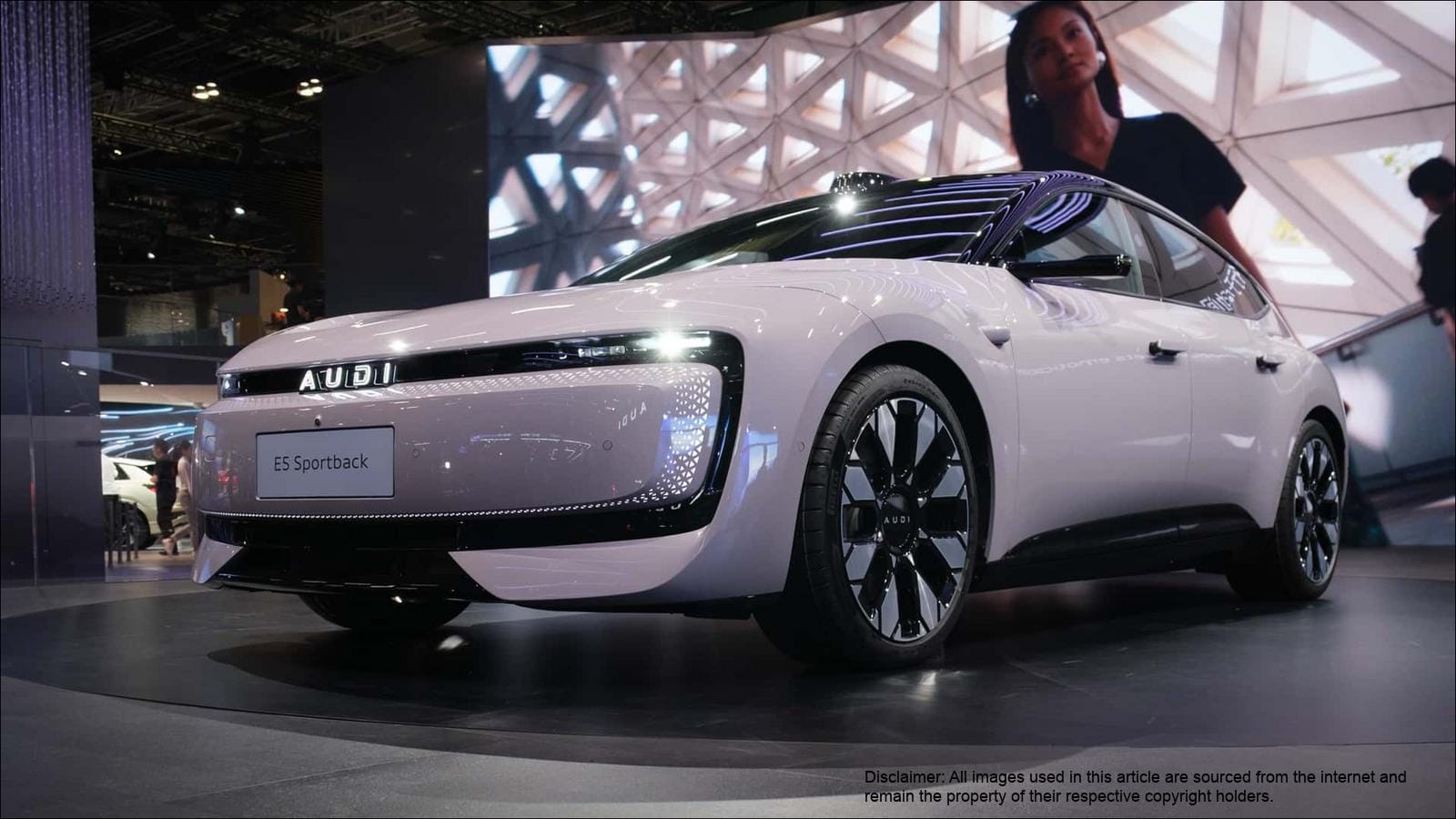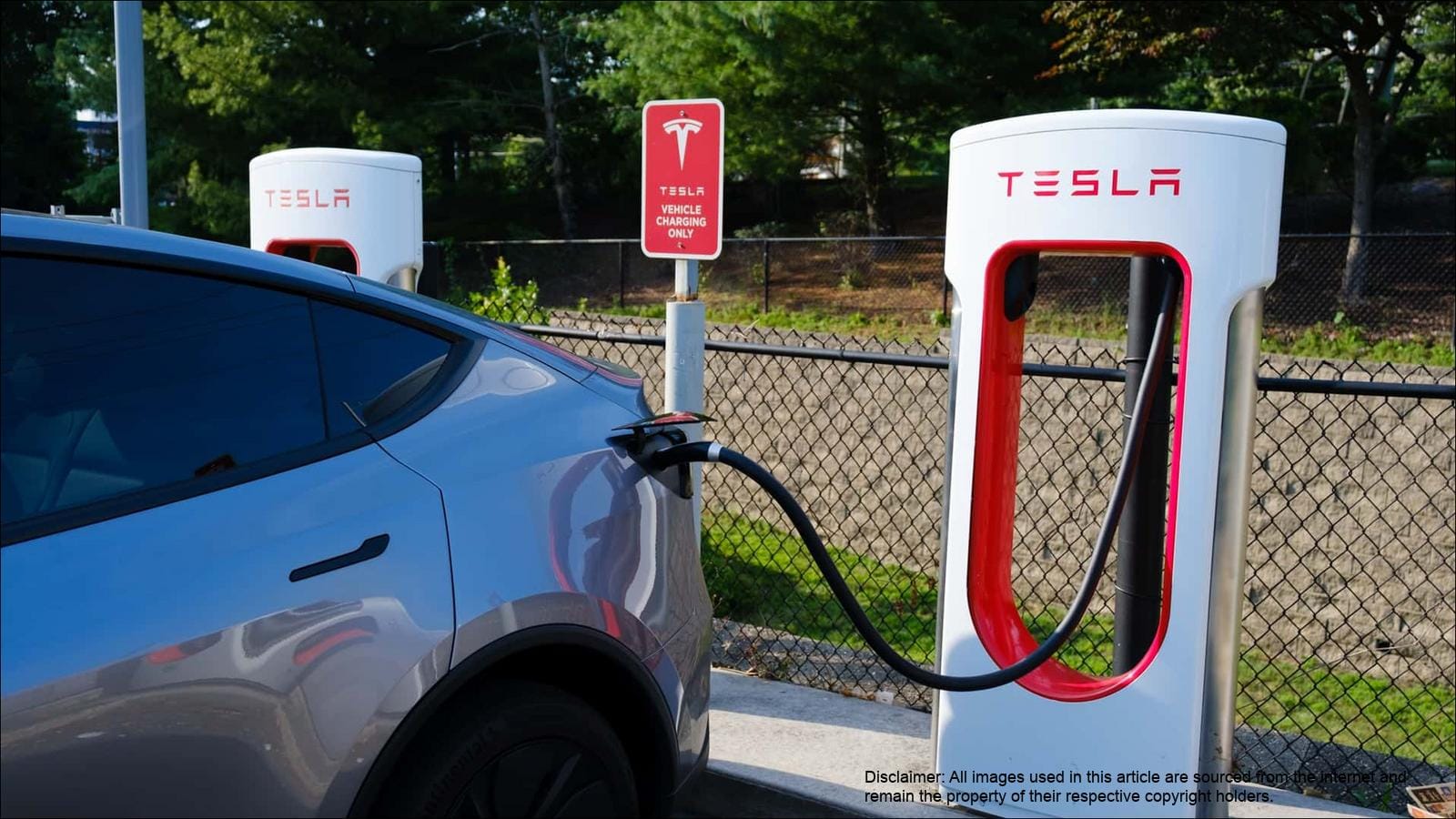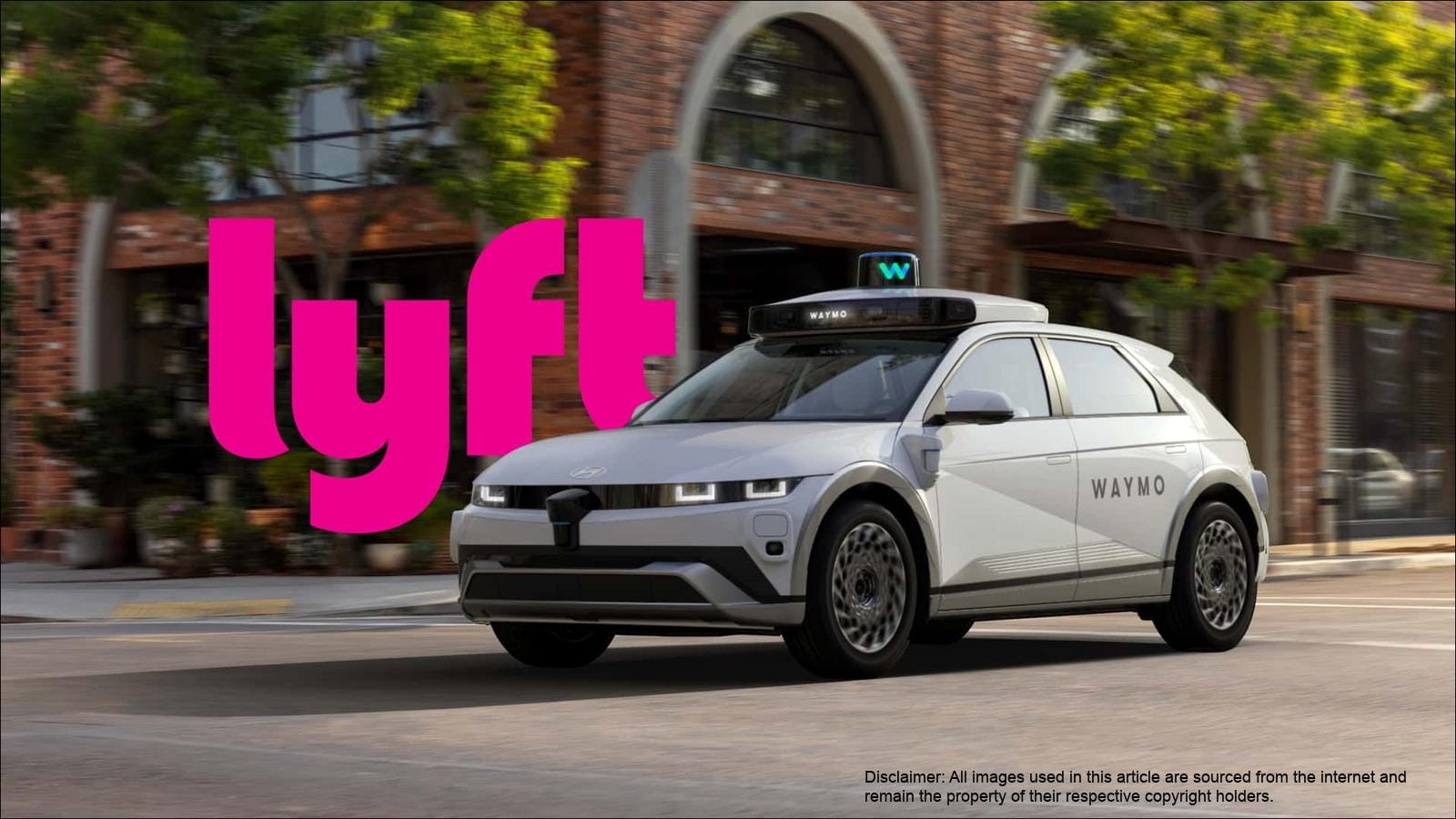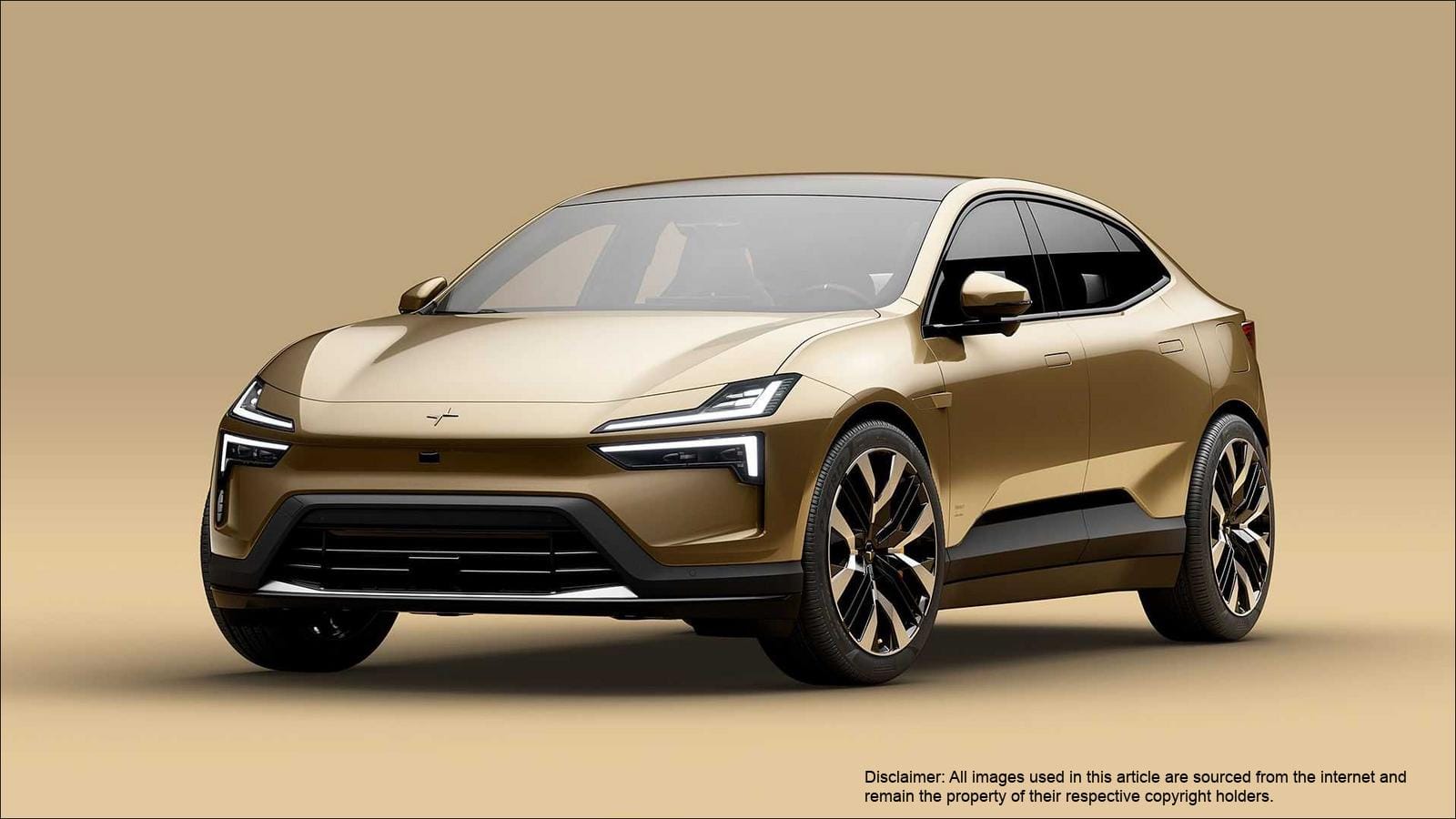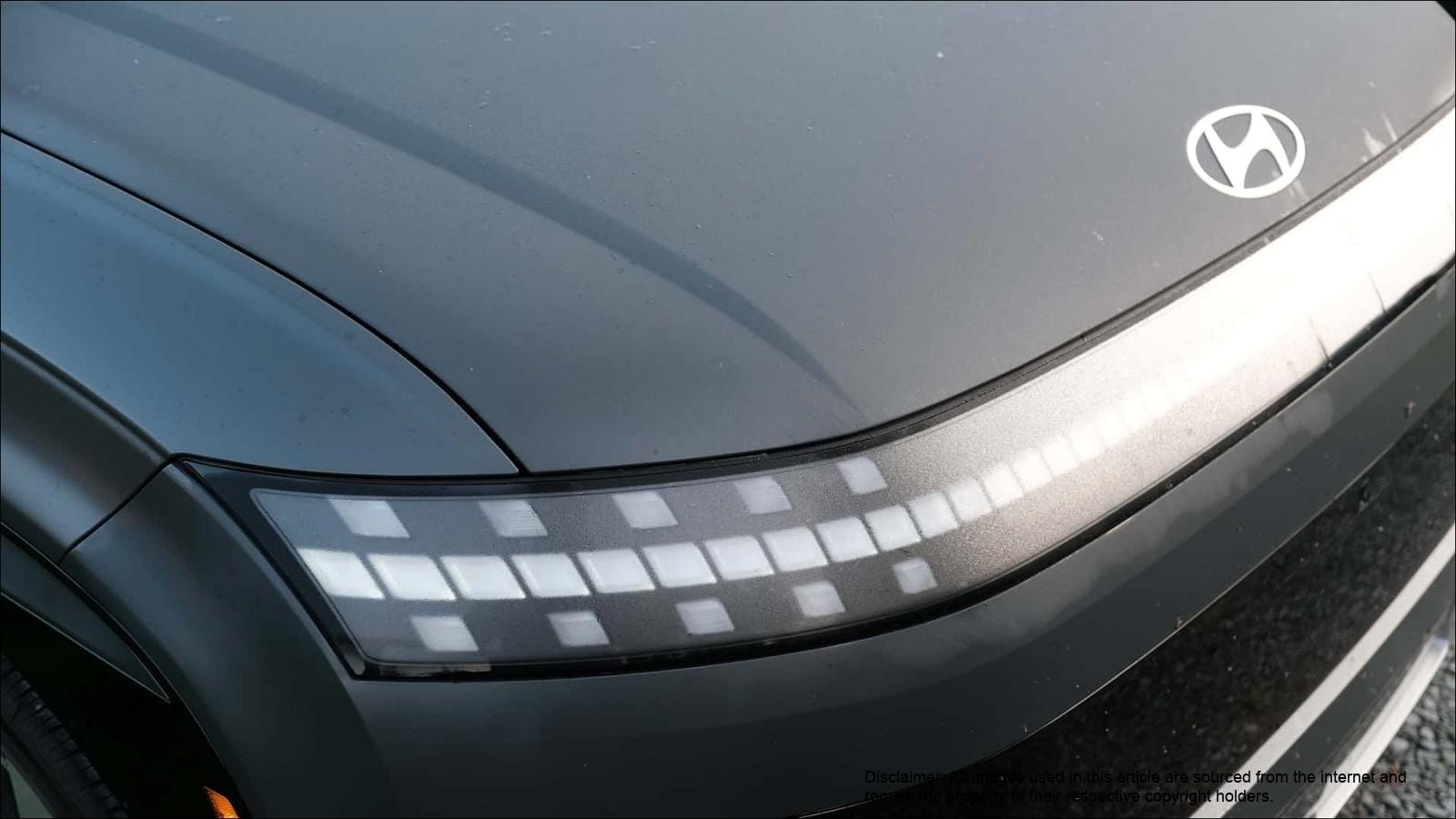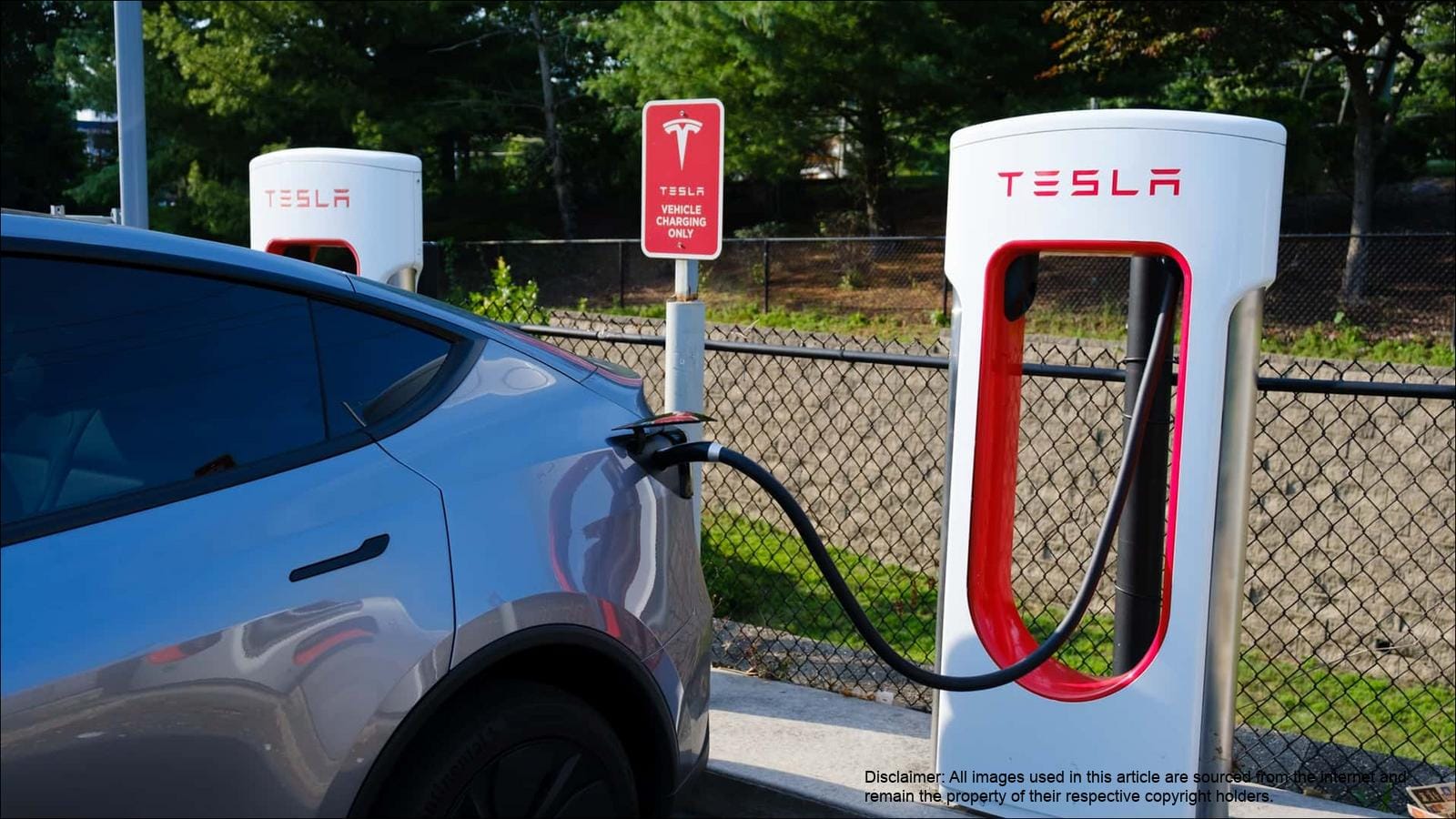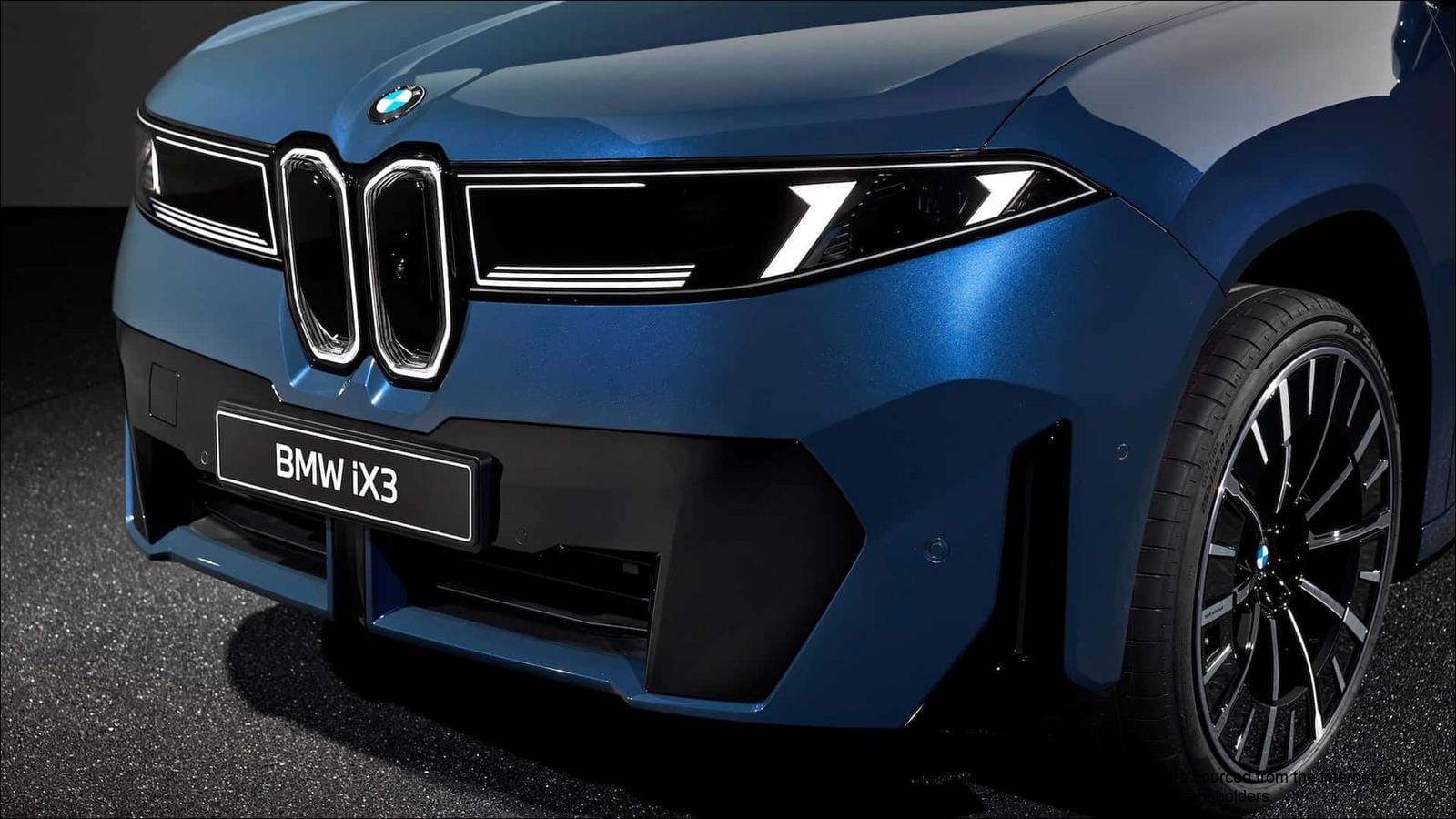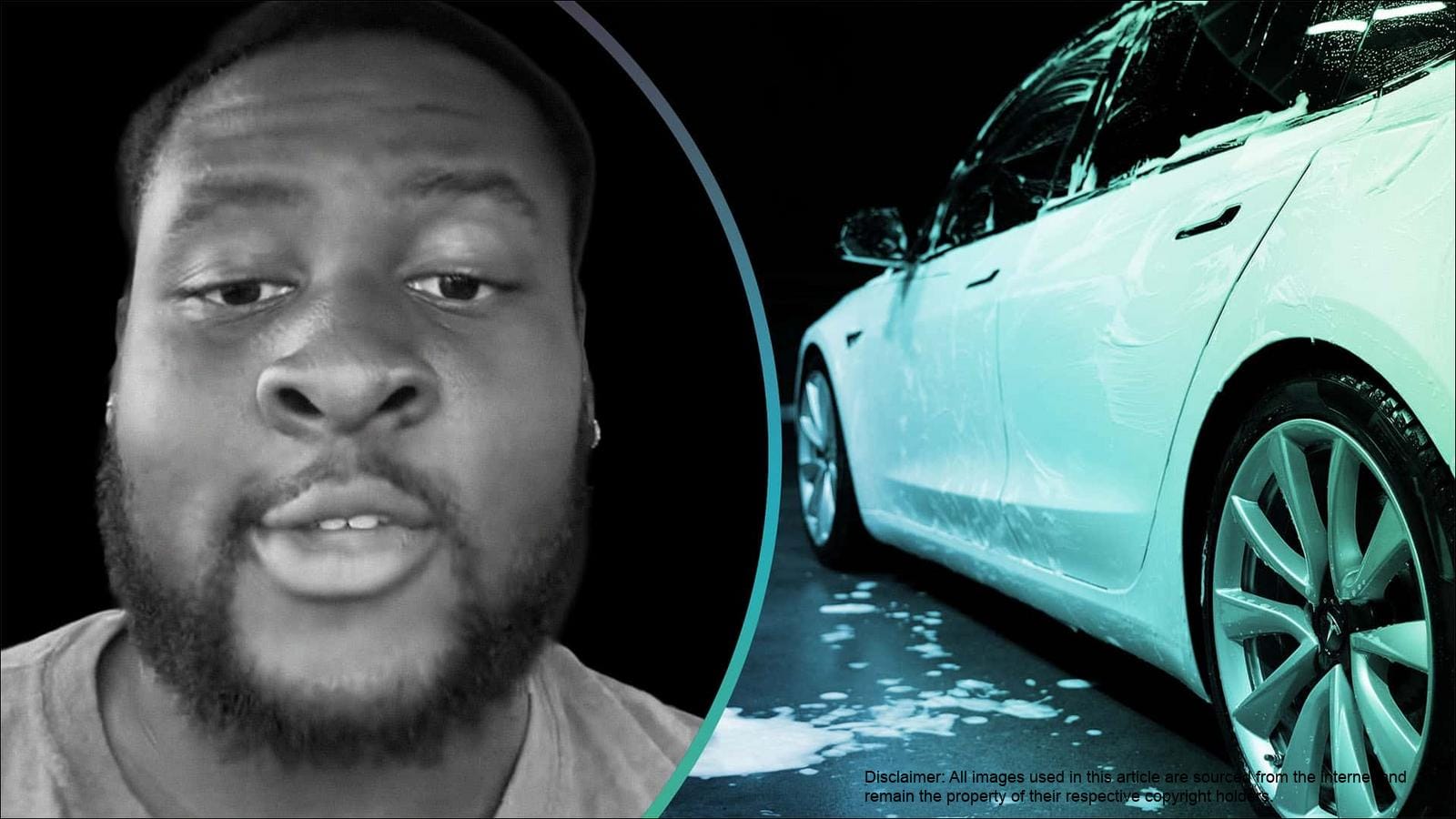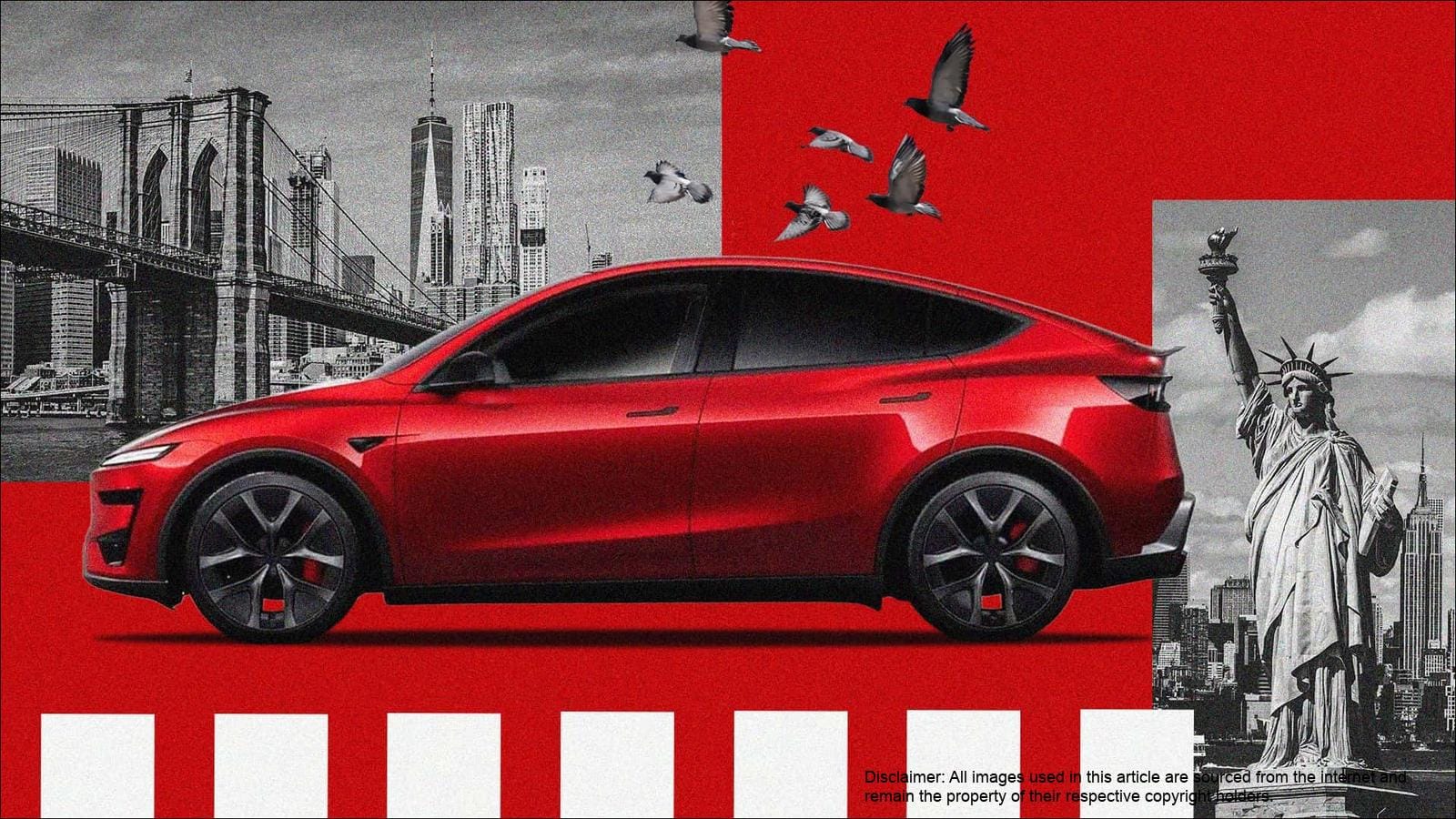The Shifting Sands: China’s Automotive Market
The automotive landscape in China is undergoing a seismic shift. Once considered a guaranteed profit center for Western automakers, the Chinese market has become fiercely competitive, with local brands gaining significant traction. A decade ago, companies like Audi thrived on booming Chinese sales. However, in recent years, Audi’s sales have slumped, declining by 11% last year alone. This decline reflects a broader trend: Chinese consumers are increasingly favoring domestic brands that better align with their preferences for cutting-edge technology, extended range, and competitive pricing. Brands like XPeng, Nio, BYD, and Zeekr are capturing the attention of buyers who demand the latest innovations and are willing to embrace local offerings.
This shift is largely due to aggressive subsidies, intense internal competition, and near-total control of the global battery supply chain by Chinese companies. These factors have enabled Chinese automakers to innovate rapidly and offer vehicles that are highly appealing to local consumers. Mingyu Guan, a senior partner at McKinsey, aptly notes that Chinese car consumers are poised to benefit from a wealth of options, reasonable costs, and groundbreaking innovations.
| Metric | 2019 | 2024 |
|---|
| Local Brands Market Share in China | 30% | 60% |


